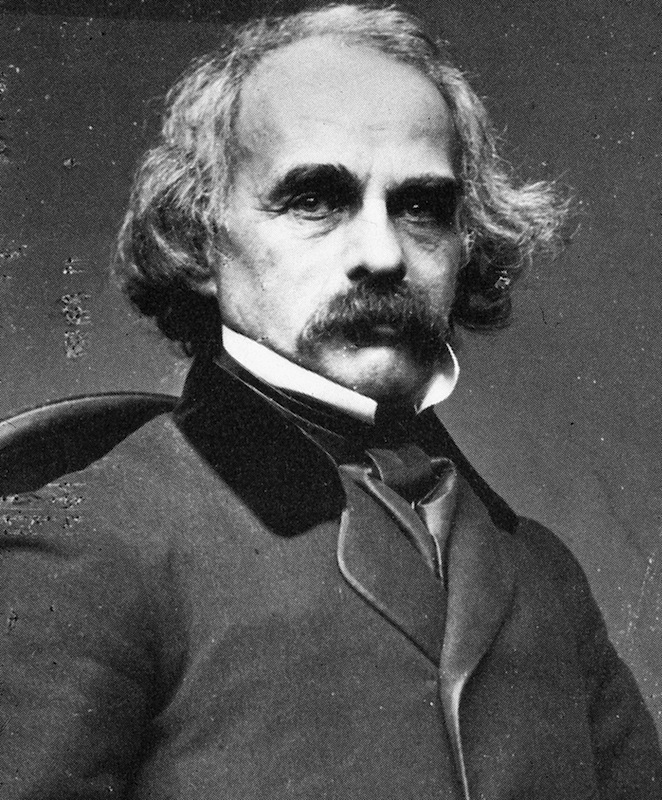
As a schoolboy, Nathaniel Hawthorne wrote secret stories in invisible ink (actually, skim milk), a habit that some biographers have considered symbolic of the anonymity he craved both in life and in literature.
The author, described by friends as “morbidly shy and reserved,” began writing at an early age, but remained on the margins of the literary world for years — partly by choice. He burned his first short-story collection after it was rejected by publishers, according to the New York Times. For him, writing was a solitary exercise, according to a book review published by TIME in 1946, which adds:
From 1825 to 1836 Hawthorne had little contact with anybody, even members of his family. He took walks by himself, ate meals by himself, published the few pieces he was able to publish anonymously or under an assumed name. “Not many writers,” says Editor Arvin in his introduction, “worked so long amid such a hush or in such a shadow.”
It wasn’t until this day, March 16, in 1850, that the publication of The Scarlet Letter launched Hawthorne into the literary limelight — at the advanced age (by 19th-century standards) of 45. The book, which became an instant bestseller, has been called one of the great American novels as well as America’s first psychological novel.
For Hawthorne, the book’s overnight success brought relief from both obscurity and penury. He had never made more than a meager living as a writer, and supported his family for a time by weighing coal and salt shipments at Boston’s Custom House.
But the financial relief was only temporary, according to The Atlantic, which published a number of Hawthorne’s essays and stories. “When Hawthorne died at the age of sixty, he was still having difficulty making ends meet,” a 2003 essay recalls. “He was also depressed, and was having trouble completing new projects.”
Nor did fame do much to bring the reclusive author out of his shell; if anything, it may have pushed him deeper inside it, as TIME explained, quoting a neighbor who caught only glimpses of the author, “dodging about amongst the trees on his hilltop as if he feared his neighbor’s eyes would catch him as he walked. A coy genius… Nobody gets a chance to speak with him unless by accident. He never calls on anyone, is seldom seen outside of his gate.”
Hawthorne himself looked back fondly on the poverty and obscurity of his early career, which laid the foundation for the writer, and the person, he later became. He wrote once in a letter to his wife, as quoted in TIME:
“If I had sooner made my escape into the world, I should have grown hard and rough, and been covered with earthly dust, and my heart might have become callous by rude encounters with the multitude. But living in solitude till the fullness of time was come, I still kept the dew of my youth and the freshness of my heart.”
Read a full 1948 review of a Hawthorne biography, here in the TIME archives: A Real Man’s Life
More Must-Reads from TIME
- Cybersecurity Experts Are Sounding the Alarm on DOGE
- Meet the 2025 Women of the Year
- The Harsh Truth About Disability Inclusion
- Why Do More Young Adults Have Cancer?
- Colman Domingo Leads With Radical Love
- How to Get Better at Doing Things Alone
- Michelle Zauner Stares Down the Darkness
Contact us at letters@time.com